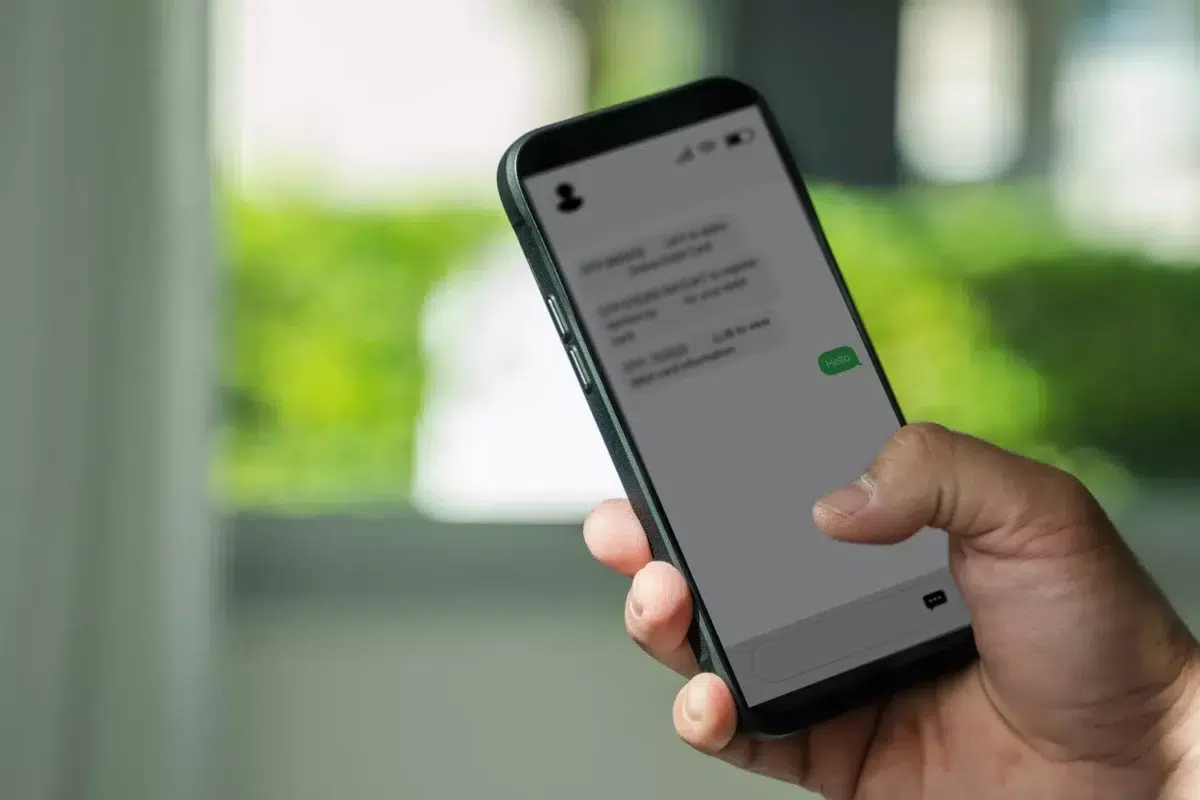Show table of content Hide table of content
Have you ever received a series of numbers like “23333” in your WhatsApp messages and wondered what they meant? This seemingly random code is actually spreading rapidly across messaging platforms worldwide. Digital communication constantly evolves with new shorthand expressions emerging regularly. Understanding these codes helps you stay connected in our fast-paced online world.
The unexpected meaning behind “23333” in your WhatsApp messages
When you see “23333” appear in your WhatsApp chat, you’re not looking at a random sequence of digits or a secret password. This numerical pattern represents something much more lighthearted – it’s actually a way to express laughter digitally. The code originated in Chinese internet culture but has recently gained international popularity across various messaging platforms including WhatsApp.
This digital expression works similarly to the familiar “hahaha” or “LOL” that many users have employed for years. The number “2” followed by multiple “3”s serves as a visual representation of joy and amusement. Think of it as a fresh alternative to the traditional expressions of digital laughter that Mark Zuckerberg’s platforms have hosted over the years.
News This TikToker buys a used van and realizes it has a hidden surveillance device.
Interestingly, the more “3”s that appear after the initial “2,” the more intense the laughter being conveyed. A simple “233” might indicate a mild chuckle, while “2333333333” suggests uncontrollable laughter. This numerical intensity mirrors how we sometimes extend “hahaha” to “hahahahaha” to show escalating amusement levels in traditional text conversations.
Chinese origins and global adoption of the “23333” code
The “23333” phenomenon traces back to the late 1990s in China. It first appeared on a discussion forum called Mop, launched in 1997, where users discovered that typing “233” would generate a laughing emoticon. This digital shorthand quickly caught on among Chinese internet users and became integrated into their everyday online communication.
Over time, this expression spread beyond its original platform to popular Chinese messaging apps like WeChat and QQ. These services function similarly to WhatsApp in Western countries, facilitating the code’s wide adoption throughout Chinese digital communication. The expression became so common that many Chinese internet users now use it without even considering its origins.
The international adoption of this code represents a fascinating case of cross-cultural digital exchange. As global communication platforms connect more people, interesting linguistic innovations like “23333” can transcend their cultural origins. Users in the United States, Spain, Germany, and beyond have begun incorporating this expression into their daily exchanges, creating a heartwarming example of how digital communication bridges cultures.
How to respond when someone sends you “23333”
Receiving “23333” in your WhatsApp conversation requires no special response or concern. This code simply indicates that your conversation partner found something amusing. You can respond as you normally would to someone expressing laughter – perhaps with your own “23333” if you’re also amused, or by continuing the conversation naturally.
Some users still prefer traditional expressions like “haha” or “LOL,” while others embrace newer digital communication methods. The beauty of these evolving codes is that they add nuance and personality to text-based exchanges. Unlike the occasional shocking price tag you might encounter elsewhere online, this code costs nothing to use and only enriches your conversations.
If you’re chatting with someone from a different generation or cultural background, you might want to explain what “23333” means if they seem confused. Sharing these little cultural insights can actually strengthen connections between different user groups and demographics. Many Gen Z users are particularly quick to adopt new digital expressions, often serving as trendsetters in online communication.
Digital language evolution and messaging trends
The rise of codes like “23333” highlights how digital communication continues to evolve at a rapid pace. From early internet acronyms like “BRB” (be right back) to elaborate emoji combinations, our online language constantly adapts to express complex emotions through text-based mediums. These expressions help overcome the limitations of text-only conversations by adding emotional context.
News Bat wings after 50? Here’s the most effective exercise, according to a coach.
Social media platforms and messaging apps serve as incubators for these new expressions. When a platform unexpectedly changes its features or policies – or when a popular show gets unexpectedly canceled by Netflix – users often respond by creating new shorthand ways to express their reactions. The viral nature of these platforms helps spread these codes quickly across digital communities.
WhatsApp, with over two billion users worldwide, plays a significant role in the dissemination of these digital expressions. As the platform continues to add new features, users find creative ways to communicate within its framework. Whether using built-in emoji, GIFs, stickers, or numerical codes like “23333,” the fundamental human desire to connect emotionally remains constant even as the methods evolve.
As global internet culture continues merging different traditions and expressions, we can expect more fascinating linguistic innovations to emerge. The journey from a Chinese forum emoticon to a global WhatsApp phenomenon demonstrates how our connected world creates unexpected cultural exchanges. So next time you see “23333” in your messages, you’ll recognize it as part of this ongoing evolution of human communication in the digital age.


